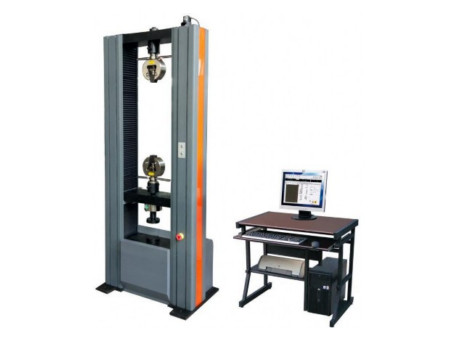Site: Home > Home > News and events
The stress-strain curve obtained from a tensile test provides valuable information about a material's mechanical properties. Here are some steps to help you interpret the stress-strain curve of a material after conducting a tensile test:
1. Identify key features: The stress-strain curve typically consists of several key features, including the elastic region, yield point, plastic region, ultimate strength, and fracture point. Identify these key features in the curve.
2. Determine the elastic modulus: The elastic modulus of a material is the slope of the linear portion of the stress-strain curve in the elastic region. Calculate the slope of this linear portion to determine the elastic modulus.

3. Determine the yield strength: The yield strength is the stress at which a material begins to deform plastically and is often represented by the yield point on the stress-strain curve. Determine the yield strength by identifying the point at which the curve deviates from the linear portion.
4. Determine the ultimate strength: The ultimate strength is the maximum stress that a material can withstand before it breaks. Identify the ultimate strength by locating the highest point on the stress-strain curve.
5. Determine the ductility: The ductility of a material is its ability to deform plastically before breaking. Calculate the ductility by measuring the strain at the fracture point and comparing it to the strain at the yield point.
6. Analyze the results: Based on the above information, analyze the mechanical properties of the material. For example, a high elastic modulus indicates a stiff material, while a high yield strength indicates a strong material. A high ultimate strength and high ductility indicate a tough material that can withstand high stress and strain.
It is important to note that the stress-strain curve is affected by several factors, including the geometry and size of the specimen, the testing conditions, and the testing equipment. Therefore, it is important to conduct tests under controlled conditions and to compare the results with established standards and guidelines to ensure accurate interpretation of the stress-strain curve.
Copyright 2022:Qinsun Instruments Co., Limited
High-end textile tester supplier Email:info@qinsun-lab.com | Textile Testing Equipment pdf | Tel:021-67800179 |